Ceramics Examples
Clay, bricks, tiles, glass, and cement are probably the best-known examples of ceramics. Ceramics are made from clay heated to a high temperature. Examples of ceramics are Earthenware and Porcelain. Ceramic examples exist in many other applications.
I often asked this question what are examples of ceramics and is ceramics considered pottery. The best known examples of ceramics are pottery, tiles, and dishes and even bricks. But there is much more. For example, ceramics are used in computing in the way of semiconducting, in ferroelectric, in superconducting and even used as insulators.
Here is more about what I found out. I’ll start out by talking about pottery and artwork since that is the primary interest of this site and then will expand into other examples.
Ceramic Examples And Pottery

Pottery is a ceramic material that is broken down into the following major types: earthenware, stoneware, porcelain and bone china. According to the ASTM all pottery is considered fired ceramic wares that contain hardened clay. Keep reading if you want to know more about my findings.
Ceramic is what is considered an inorganic compound. An inorganic compound is made up of the Earth’s crust. For example carbon is an inorganic material. Even though it’s labeled as inorganic it may be found in living things too. So why it’s called inorganic I have no idea. I am guessing it’s because it’s a non-metallic material.
The ATSM or American Section of the International Association for Testing Materials considers all pottery as fired ceramic wares. The ATSM is an international organization that publishes technical standards for materials.
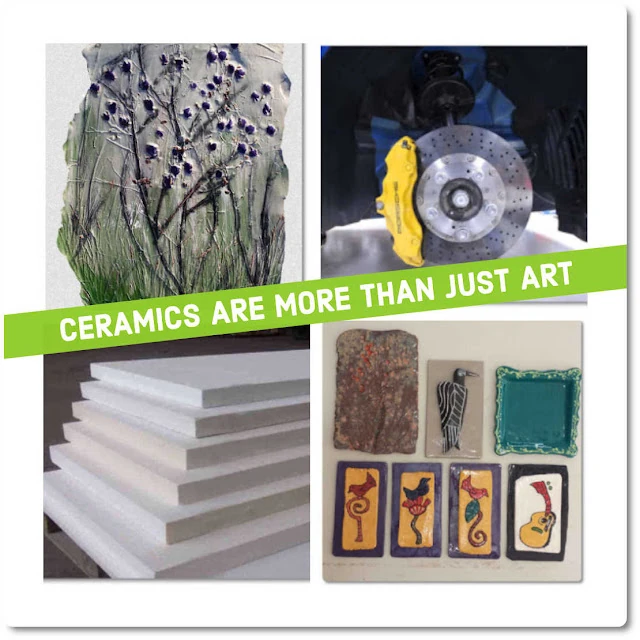
Ceramics has a property what’s called crystalline. This property affects the hardness, density and transparency of the ceramic. So ceramics can be semi-crystalline like earthenware, stoneware and porcelain. I believe the more the ceramic is vitrified the more it’s like glass. Vitrification is the process of the transformation into glass.
Ceramic originates from the Greek word “keramikos” which means “of pottery”. It can mean “of pottery” or “for pottery”, “potters clay” or tile.
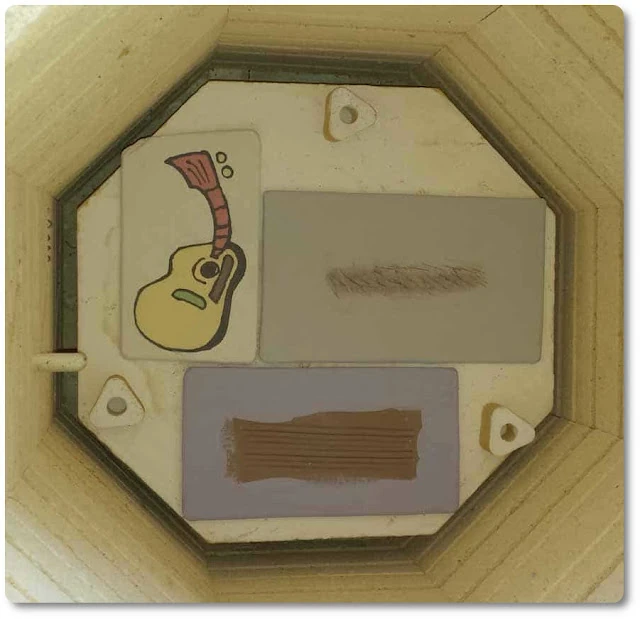
This article mainly consists of ceramics as traditional ceramics. Ceramics made up of clay, silica and other materials like feldspar. This post is not about advance ceramics like ceramic silicon carbide cutting disks, or brake pads on super cars like the Porsche Carrera GT and high voltage insulators found on high electrical wires.
Earthenware Example

Normally Earthenware is clay and other materials that have been fired in kiln a below 1200 degrees Celsius or 2192 degrees Fahrenheit. These were the earliest forms of pottery. Most of the Earthenware clays were fired in open fires. Earthenware is also called terracotta. Only when the earthenware is glazed does it become non-porous and able to hold liquids. The development of glazes made Earthenware popular.
Stoneware Example
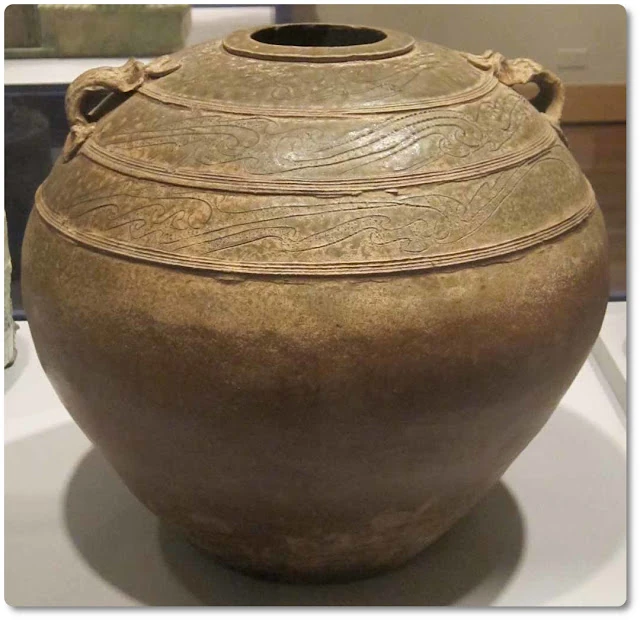
Stoneware is just a broader term used to describe pottery or clay fired at a high temperature. Stoneware is stronger than Earthenware and can hold liquids. The Chinese were the first to develop Stoneware.
Porcelain vs. Ceramics Example

Porcelain is made by heating clay materials in a kiln with temperatures ranging from 1200 degrees Celsius or 2192 degrees Fahrenheit to 1400 degrees Celsius or 2552 degrees Fahrenheit. My art normally is fired up to about 1150 degrees Celsius or 2092 degrees Fahrenheit. Porcelain is fired in a kiln at a higher temperature than earthenware. This gives porcelain its non-porous properties.
If you are interested in knowing more about how to use pottery to elevate your decor be sure to read my article on this website. Did you know that pottery has played both as artistic and utilitarian roles?
Porcelain is made up of clay but there are different types of clay that contain different materials. One such material is called kaolin or kaolinite. The only way I can remember the word is because it rhymes with kryptonite the fictional material and greatest weakness of Superman.
Ceramic Firing Techniques – Firing is the process of creating ceramics that can withstand a great deal of pressure. The firing occurs in an oxygen-rich environment. When it comes to firing pottery, there are two basic approaches. The two procedures are kiln firing and open firing. Firing is a critical stage in the ceramic process. It’s when clay goes from being clay to being useful ceramic.
Kaolinite is a clay material that is lined with silicate mineral or what is known as rock forming minerals. Porcelain generally contains more kaolin in the clay. When I am making a ceramic art piece I let the clay dry out to a point where the water naturally evaporates in the clay. This leaves the clay in an extremely breakable form. This state is normally called or referred to as “leather dry”.
It’s amazing how much water there is in clay. After most of the water is evaporated it referred to as being in a “bone dry” state. However there is still water in the clay and it’s not all evaporated till after it’s been fired in a kiln. I have broken many pieces of art work while it’s in the “bone dry” state.
Clay is amazing because you can let it dry out and then add water and it’s back to its original state.
I have a bucket in which I save the broken clay pieces. When I have enough pieces I put them into a plastic bag and add water. I now have clay that I can use again on my next art project. The next step after “bone dry” is to paint or to fire in a kiln. You can fire and then paint or paint and then fire, either way is good, just depends on your style.
Here is an interesting fact that I did not know but found out later after researching Kaolinite. Kaolinite is not only in porcelain but also in toothpaste, cosmetics and in incandescent light bulbs. Kaolinte is used in many more products, too many to list here.
I’ve been brushing my teeth with Kaolinite and didn’t know it.
Bone China Example
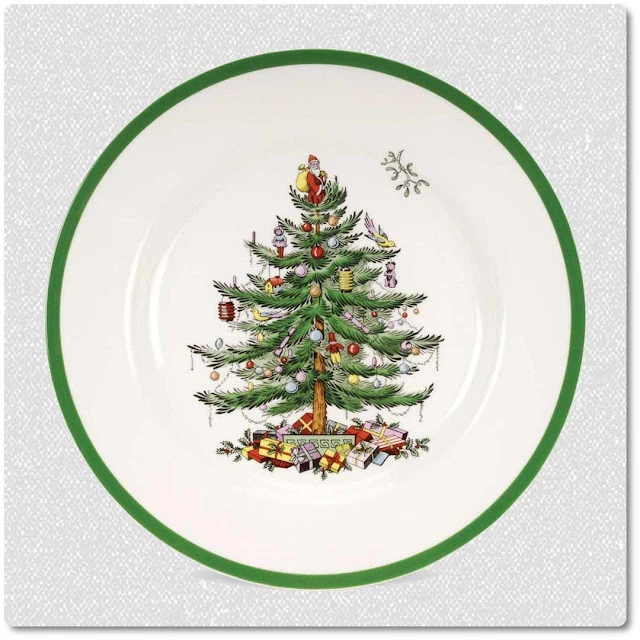
Bone china is the strongest of all the porcelains. It has a very high resistance to chipping. It also has a high level of translucency and whiteness. Bone china was discovered back in the 1790s by an English person named Josiah Spode and used to make beautiful decorative plates. Spode was a potter (one who throws clay) and went on to refine bone china which became the English version. Spode and family went on to later have many factories in and around London. They also introduced the under glaze blue transfer printing on potteries.
The Spode name is currently owned by the Portmeirion pottery company based in England and continues to produce Spode patterns. They purchased Spode in 2009.
Is Ceramics Brittle?
Ceramic materials are brittle. They are hard and dense or have a strong compression and can withstand or hold up to acidic or caustic environments better than other materials. They can also withstand high temperatures up to 3000 degrees Fahrenheit. However they have low or lower tension properties and can break.
Raku Firing Technique – What Is Raku Firing Technique? – Raku firing is a type of low-temperature firing. While the pots are still hot and the glaze is still molten, the pottery is taken from the kiln. Stoneware clay is frequently used to make raku. Read the article to discover even more interesting facts about raku.
When I am making ceramic artwork the most critical part of the process is when the clay is drying. It’s in a semi-dry state, very weak and brittle. Unless the piece is fully supported underneath it will break very easily. As mentioned above this is when the clay is in the “bone dry” state. I have had numerous pieces break. Once I dropped a plastic bottle of paint and it accidently hit the edge of the clay. The clay was in its weakest state and it was enough to break the piece. Had it been fired it would not have broke. Most other breaks occur when the piece becomes unsupported or I drop it. Drops from only a few inches can cause the “bone dry” art to break. Once fired the molecule structure changes the artwork becomes very hard but if dropped on a hard surface it will break due to its low tension properties.
Is Glass A Ceramic?
Glass is generally not considered a ceramic. But I can see where it might lead to asking such a question because glass making involves many of the same steps as in making ceramics. Glass is formed by heating materials at temperatures of up to 1575 degrees C or 2867 degrees F. The temperature of the glass is limited by the furnace material. Ceramics are also formed by heating materials at a very high temperature. Glass is generally heated to a higher temperature than ceramics at least in the art world.
Glass has many similar properties as ceramics. Both are strong, dense but can break. There is what is called noncrystalline ceramics which are glass and are usually called glass-ceramics. For example, the cook top on your stove. I consider this to be a type of high performance ceramic. More of a technical ceramic product and not typically associated with pottery or art.
Examples Of Ceramic Products
Typical ceramic products are products that are usually classified into major groups by usage. For me it’s easier to think about usage groups and how ceramic products are used. I generally think of four major usage groups.
Structural
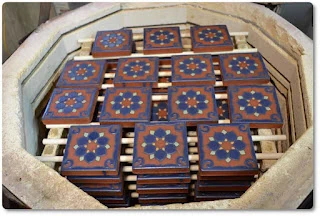
These are products like bricks, floor tiles that people walk on, roof tiles on homes and certain kinds of pipes.
Art And Tableware
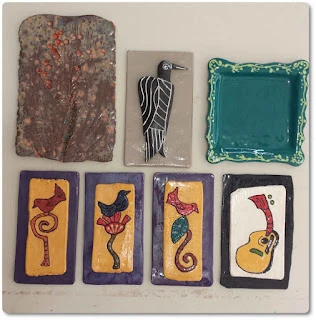
These are dishes and dishware used in dining. Then there are ceramic products like decorative ceramic wall art, wall tiles, pottery and pottery products.
Technical
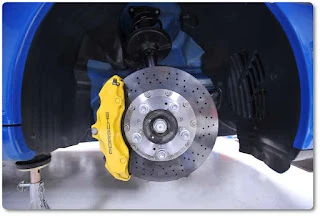
These ceramic products are advanced ceramics that are typically used in special products and or have special uses. They are like ceramic tiles used on the space shuttle, special ball bearings, missile nose cones, high performance carbon-ceramic disk brakes, jet engines, biomedical implants and protective ceramic armor.
Industrial
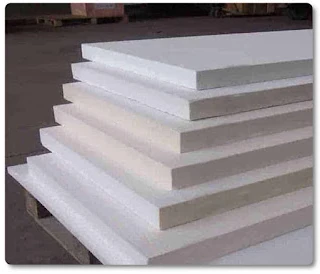
These are ceramic products that have to be able to withstand very high temperatures. They are usually found in industrial factories for making steel, glass and kiln linings.
A Case For Ceramics
I hope you enjoyed reading about ceramics and pottery. I learned a lot more on this topic by writing this post and doing research. So when some asked the question is ceramic considered pottery you can say according to the American Section of the International Association for Testing Materials it certainly is.
A ceramic artist is anyone who creates ceramic objects or artwork. Ceramic artists are sometimes known as ceramists. A person who works with clay may be referred to as a ceramicist, sculptor, potter, or just an artist. Ceramics are clay materials that change their characteristics permanently once they are fired.
References
sciencedaily.com/releases/2006/08/060817101658.htm
web.archive.org/web/20171203165937/http://www.stokemuseums.org.uk/collections/ceramics/ceramics-online/
Barsoum, M. (2019). Fundamentals of ceramics. CRC press. https://books.google.com/books?hl=en&lr=&id=n_vDDwAAQBAJ&oi=fnd&pg=PT10&dq=Examples+Of+Ceramics&ots=E2UyC-bpsG&sig=UeEEE9Mx5yUudDczmI7rgIepRtw#v=onepage&q=Examples%20Of%20Ceramics&f=false
BOCCACCINI, A. R. (2005). Ceramics. In Biomaterials, artificial organs and tissue engineering (pp. 26-36). Woodhead Publishing. sciencedirect.com/science/article/pii/B9781855737372500031
Reed, J. S. (1995). Principles of ceramics processing. https://d1wqtxts1xzle7.cloudfront.net/55457299/James_S_Reed-libre.pdf?1515223946=&response-content-disposition=inline%3B+filename%3DJames_S_Reed.pdf&Expires=1673025084&Signature=cDO7XNjvrjFhoortLSSUWXZ-Y-loUyik7AbhJW9rkeZTYhNi8sS29zm-Z2DqwPJbMUHMBWEUJOX9yTGT5~cRRHIE35pF3kQ6MlmO3YB4ij0N0tWPeNjmnJsCGXWOEnpbbiektW9NVmuFiAQHjyw~BizZVf4TsXzgLhmBbjrF5D1eHt0iGyzYXlUuTRmDnk-d-UtwpyYQBUvPscCu8wwoTaVjlI1TMVwruncfWIJpkrwSL3ae56Bhufjmst4YIFe4CqErVS1vhIda-wEkT1vyTe2~7ZMiQA~Q7ERM~vdUA-nD8kkkDBX~4Fe1FneUv9~HdnWKwYmlXKERQoGWBD3RpQ__&Key-Pair-Id=APKAJLOHF5GGSLRBV4ZA
https://en.wikipedia.org/wiki/Kerameikos
http://www.ceramicstudies.me.uk/index.html
https://www.vam.ac.uk/collections/ceramics
https://www.metmuseum.org/toah/





